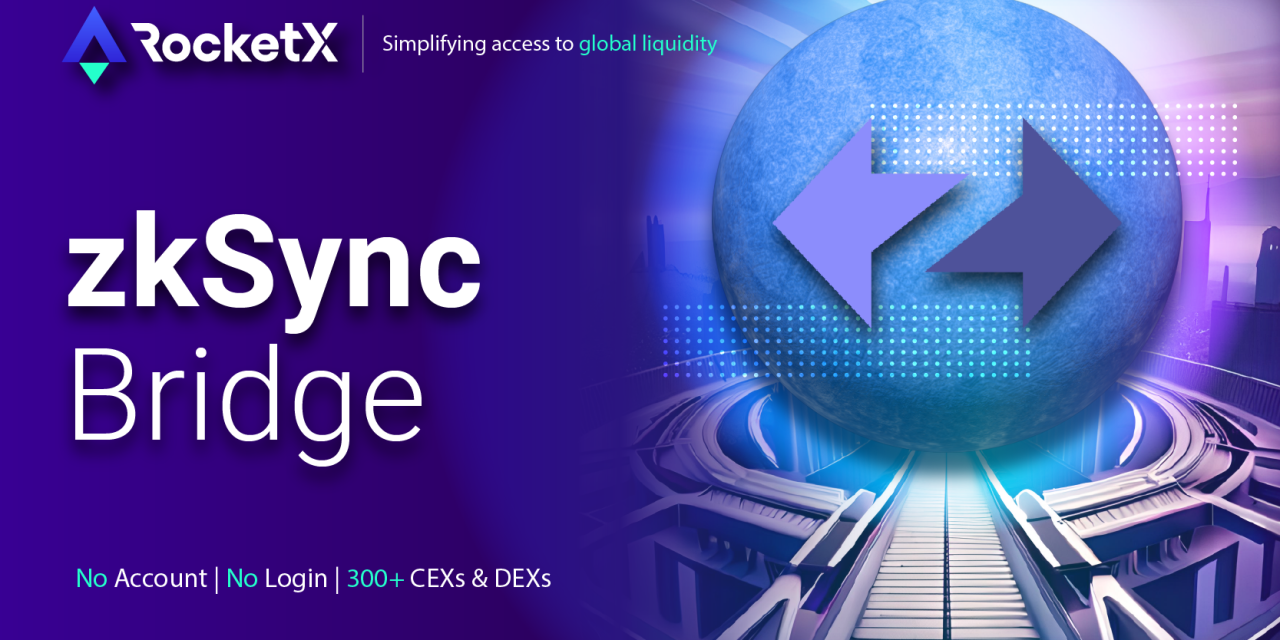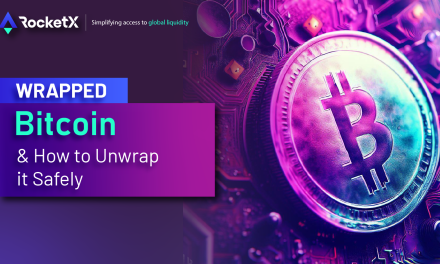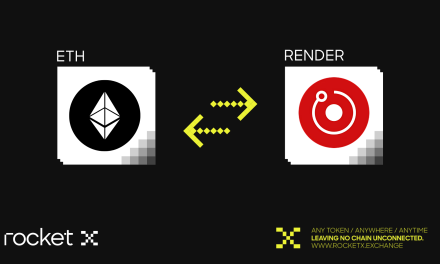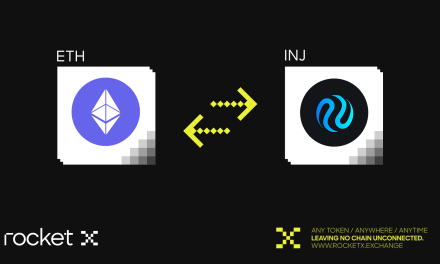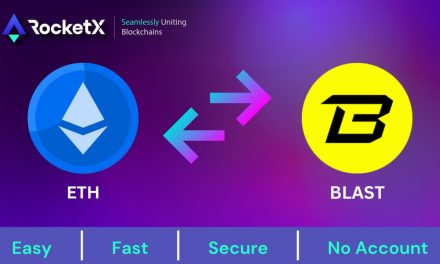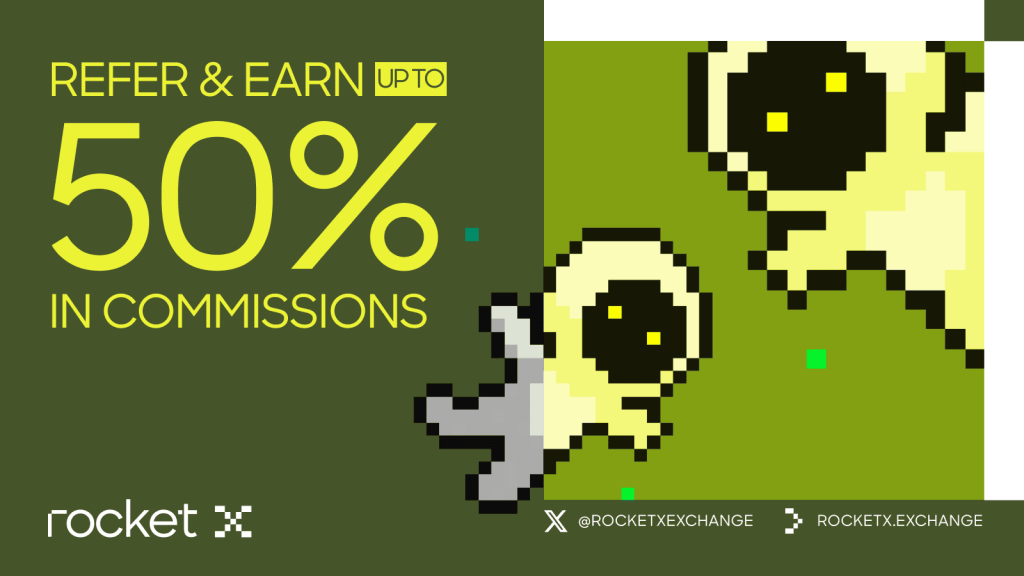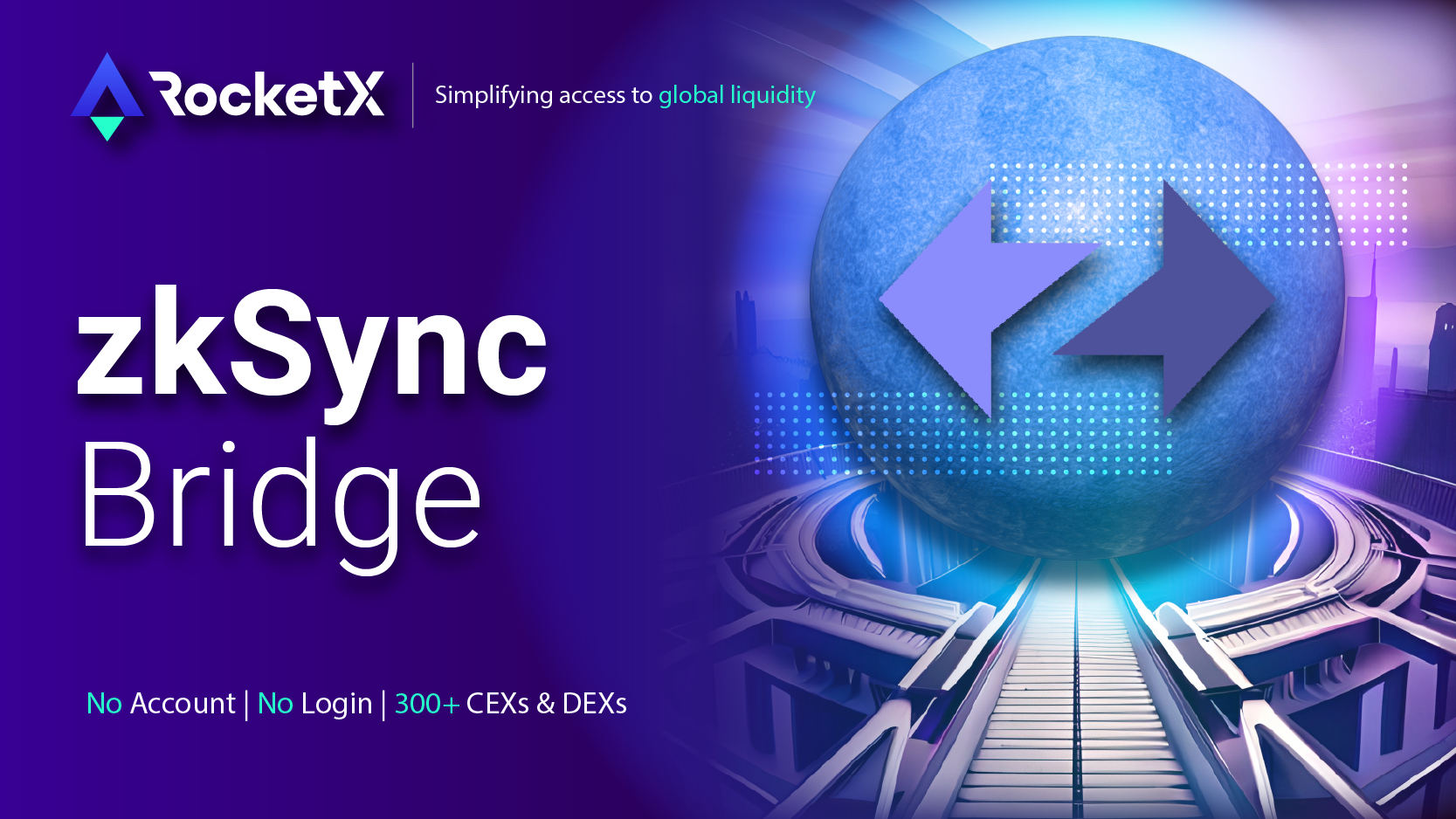
Introduction
zkSync network, a cutting-edge Layer 2 scaling solution on Ethereum, that offers fast, low-cost transactions while maintaining the security of the Ethereum network. It aims to revolutionize transaction speed, cost-effectiveness, and security while seamlessly integrating with the Ethereum ecosystem. In this post, we will dive into the fundamentals of zkSync network and guide you through the process of bridging your assets to this innovative network.
What is zkSync Network?
zkSync is a Layer 2 scaling solution for the Ethereum blockchain that addresses the issues of high fees and slow transactions. It employs zero-knowledge proofs (ZK) to enable fast and low-cost transactions while maintaining the security of the Ethereum network. By moving transactions off-chain and bundling them together, zkSync significantly increases transaction throughput. It can process more than two thousand transactions per second, compared to the limited capacity of the Ethereum mainnet. With seamless interoperability with Ethereum smart contracts, zkSync allows for easy migration of DApps and supports various use cases, including DeFi and NFTs. It offers users faster and more affordable transactions without compromising security.
zkSync Lite and zkSync Era
zkSync offers two different versions: zkSync Lite and zkSync Era. zkSync Lite is a basic version of the network that is designed for a limited number of applications and dApps. zkSync Era is an advanced version of the network that is designed to support all EVM-based applications and dApps.
zkSync Lite is still in beta, while zkSync Era is in mainnet. This means that zkSync Era is more stable and reliable than zkSync Lite.
If you are using an application or dApp that is only supported on zkSync Lite, then you should bridge your assets to zkSync Lite. If you are using an application or dApp that is supported on zkSync Era, then you should bridge your assets to zkSync Era.
How Does the zkSync Network Work?
The zkSync network operates using a technology called ZK rollups. Here’s how it works in simpler terms:
- Transactions are grouped together: Instead of processing each transaction individually on the Ethereum mainnet, zkSync bundles multiple transactions into smaller batches.
- Generating cryptographic proofs: These batches of transactions are then sent to an off-chain prover, which generates a SNARK cryptographic proof. This proof verifies that the transactions are valid without revealing any sensitive information.
- Verifying the proofs on the Ethereum mainnet: The generated proofs are submitted to the Ethereum mainnet, where they are verified within a smart contract. This verification process ensures the security and finality of the transactions.
- Fast and cost-effective transfers: By using zkSync’s ZK roll-up approach, transactions can be processed more quickly and at a reduced cost compared to the Ethereum mainnet. This enables near-frictionless transfers between Layer 1 (Ethereum mainnet) and Layer 2 (zkSync) with improved efficiency.
In summary, zkSync’s ZK roll-up technology allows for efficient transaction processing by bundling transactions, generating cryptographic proofs, and verifying them on the Ethereum mainnet. This approach enables faster, cheaper, and more scalable transactions while maintaining the security guarantees of the Ethereum network.
How to Bridge Assets to zkSync Network Using RocketX Exchange
Bridging assets to the zkSync network through RocketX Exchange is a straightforward process that can be completed in a few simple steps. Here’s a detailed guide on how to do it:
Step 1: Visit RocketX Exchange
Start by visiting the RocketX Exchange website at https://app.rocketx.exchange/. This is where you can access the platform and initiate the asset-bridging process.
Step 2: Connect Your Wallet
Connect your wallet to the exchange platform to gain access to your assets. You can connect using popular wallet options like Metamask or WalletConnect. Once your wallet is connected, you’ll be able to view and manage your assets on the exchange.
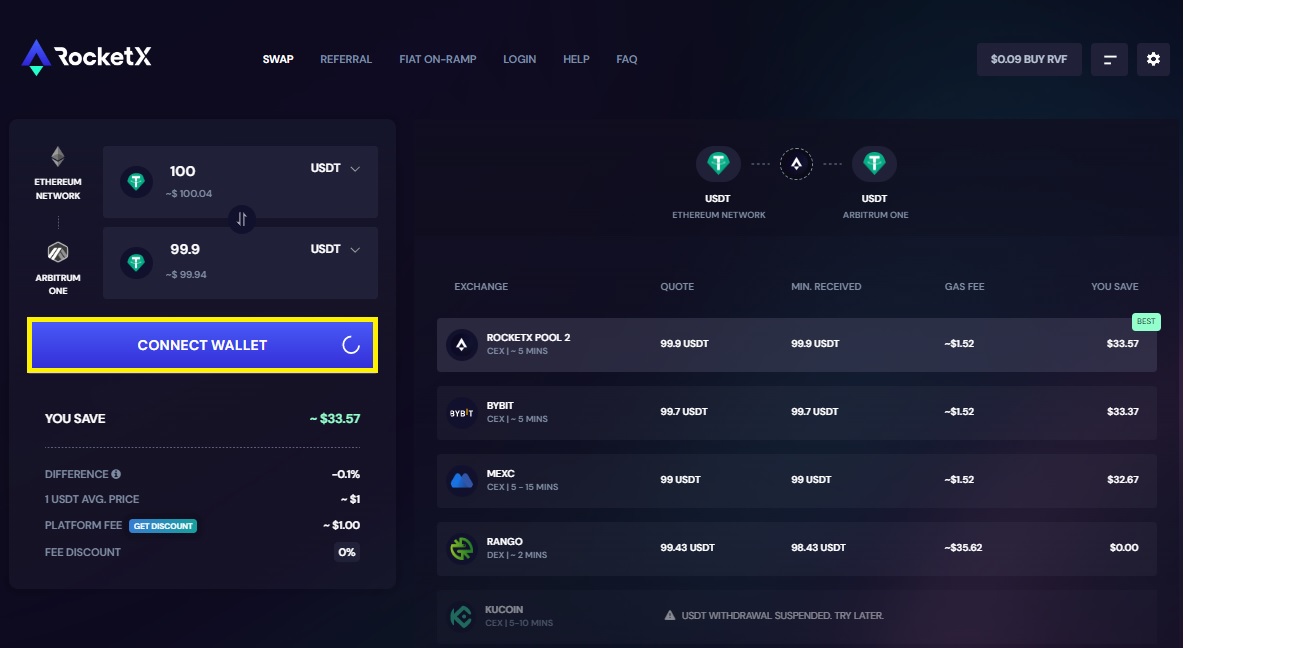
Step 3: Select the Source Network
After connecting your wallet, choose the blockchain network from which you want to bridge your assets. RocketX Exchange supports various networks, including Ethereum, Binance Smart Chain, and Polygon. Select the network that holds your assets. In this example, we will select the Ethereum network and ETH token.
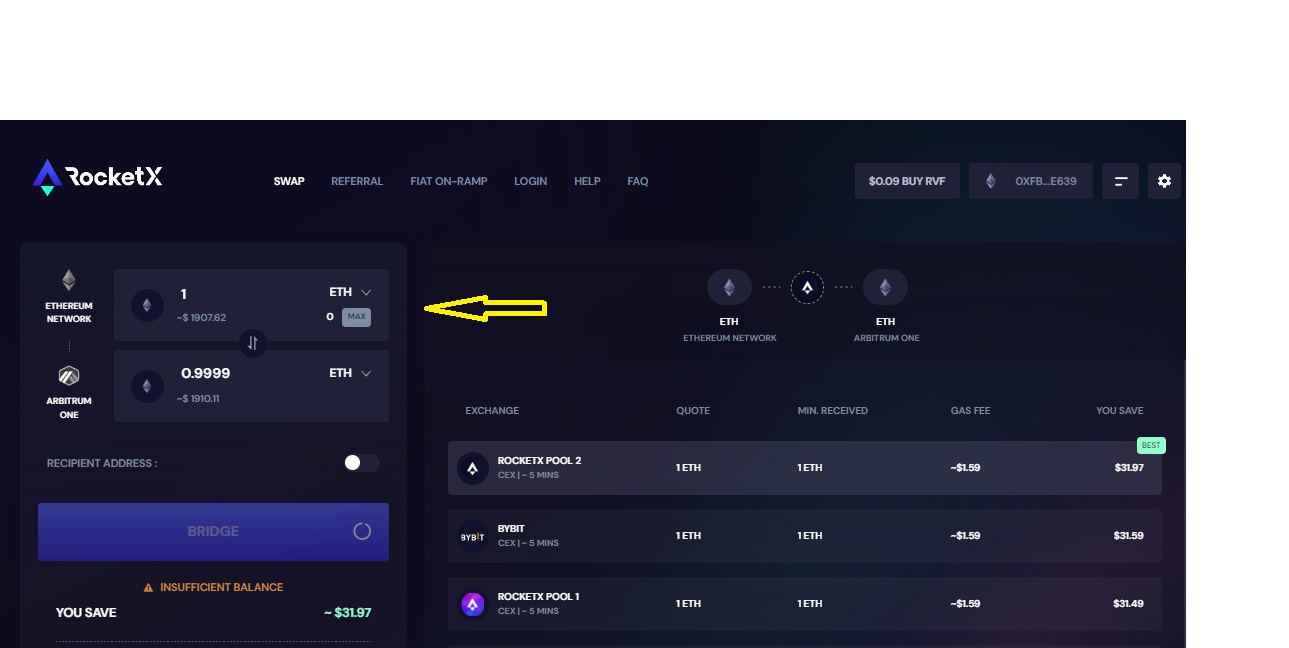
Step 4: Choose zkSync Network and Token
Once you’ve selected the source network, navigate to the second dropdown menu and choose the zkSync network. You’ll then see a list of supported tokens that can be bridged to the zkSync network. Select the token you want to bridge. For illustration, we will select the zkSync Era blockchain and ETH token. (You can also select the zkSync Lite blockchain.
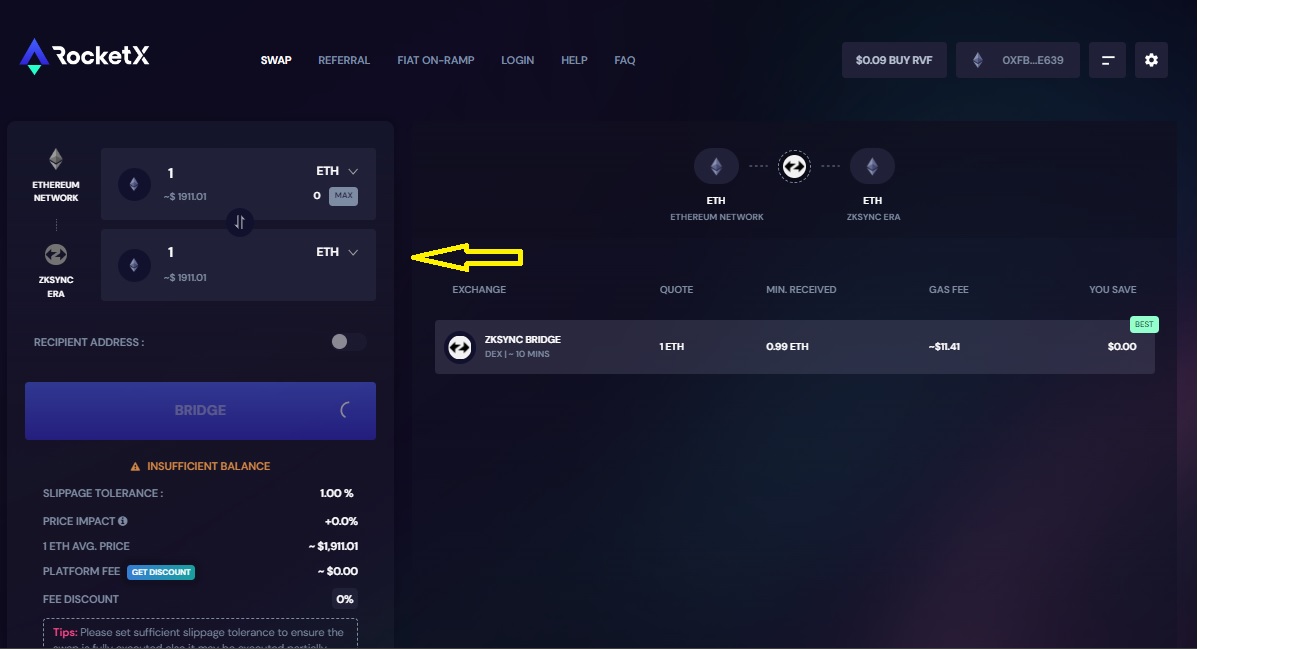
Step 5: Initiate the Bridge
To start the bridging process, click on the “bridge” button after selecting the appropriate networks and tokens on the RocketX Exchange platform. This will initiate the transaction and convert your tokens from the source network to zkSync network tokens.
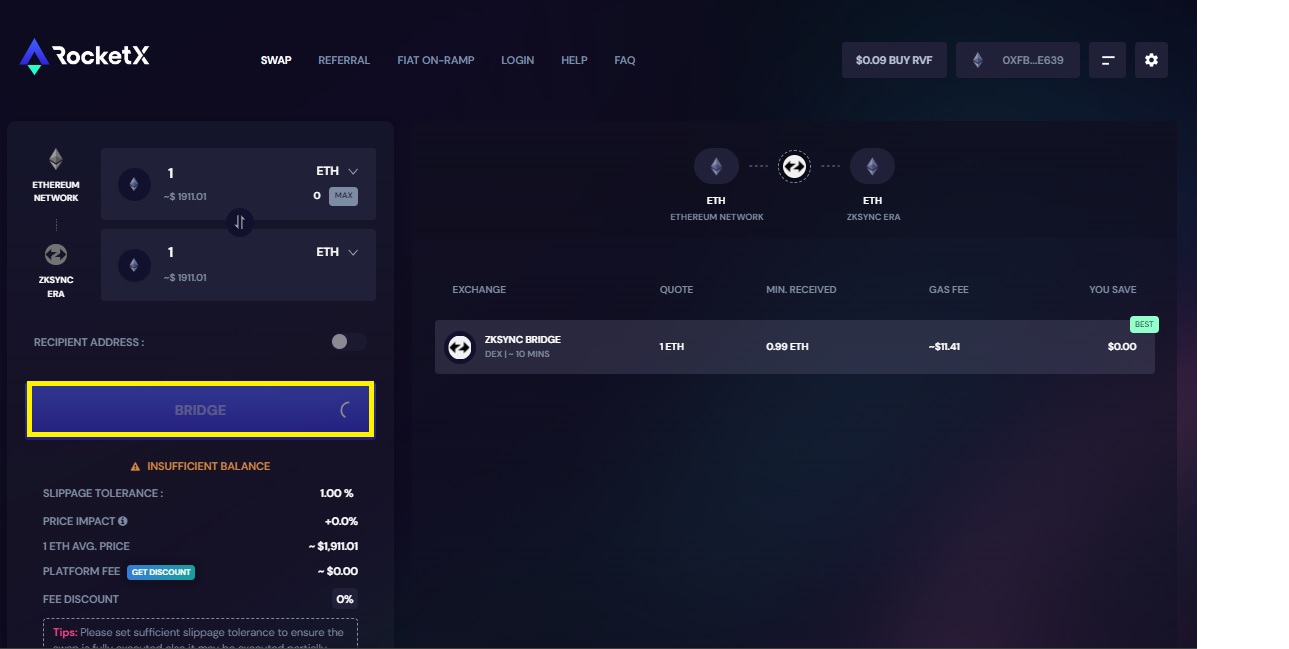
In conclusion, bridging assets to the zkSync network via RocketX Exchange is a simple and user-friendly process. By following these steps, you can seamlessly transfer your assets and enjoy faster, more cost-effective transactions on the zkSync network.
Tips for Successful Asset Bridging to the zkSync Network
Choose a Reliable Exchange: Select a reputable and trusted exchange platform that supports asset bridging to the zkSync network. Ensure the exchange has a solid reputation, good security measures, and positive user reviews.
Verify Network Compatibility: Before initiating the bridging process, confirm that the asset you want to bridge is compatible with the zkSync network.
Understand Gas Fees: Familiarize yourself with the gas fees associated with the zkSync network. While generally lower than the Ethereum mainnet, it’s important to understand the transaction costs involved in asset bridging.
Double-Check Token Addresses :Take extra care when inputting token addresses during the bridging process. Any mistakes could result in the loss of your assets. Double-check and verify the accuracy of the token addresses to ensure a successful transfer.
Monitor Transaction Confirmations: Keep track of transaction confirmations during the bridging process. Most exchanges provide transaction history or tracking features, allowing you to monitor progress and ensure that your assets are successfully transferred to the zkSync network.
By following these five steps, you can increase the likelihood of a smooth and successful asset-bridging experience to the zkSync network. Always prioritize security, stay informed, and seek assistance from customer support or relevant resources if needed.
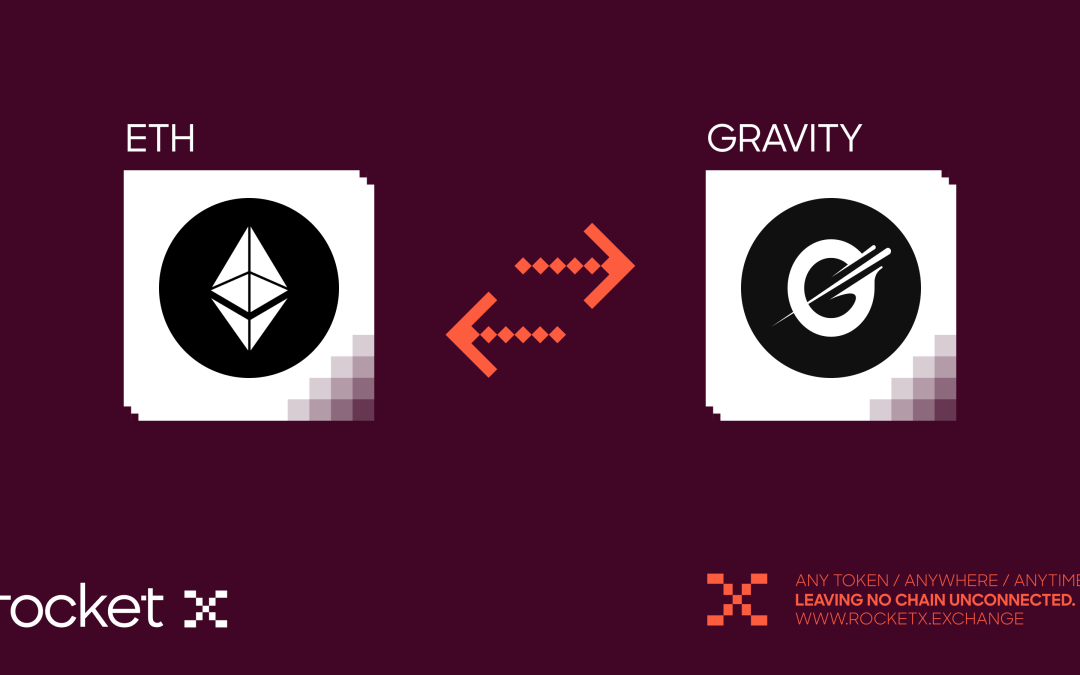
What Is Gravity Chain? Vision, G Token & How to Bridge
Introduction As the Web3 world accelerates toward an omnichain future, Gravity Chain has emerged as a next-gen Layer 1 blockchain designed to unify fragmented experiences across multiple networks. With a mission to make cross-chain interactions feel as effortless as...
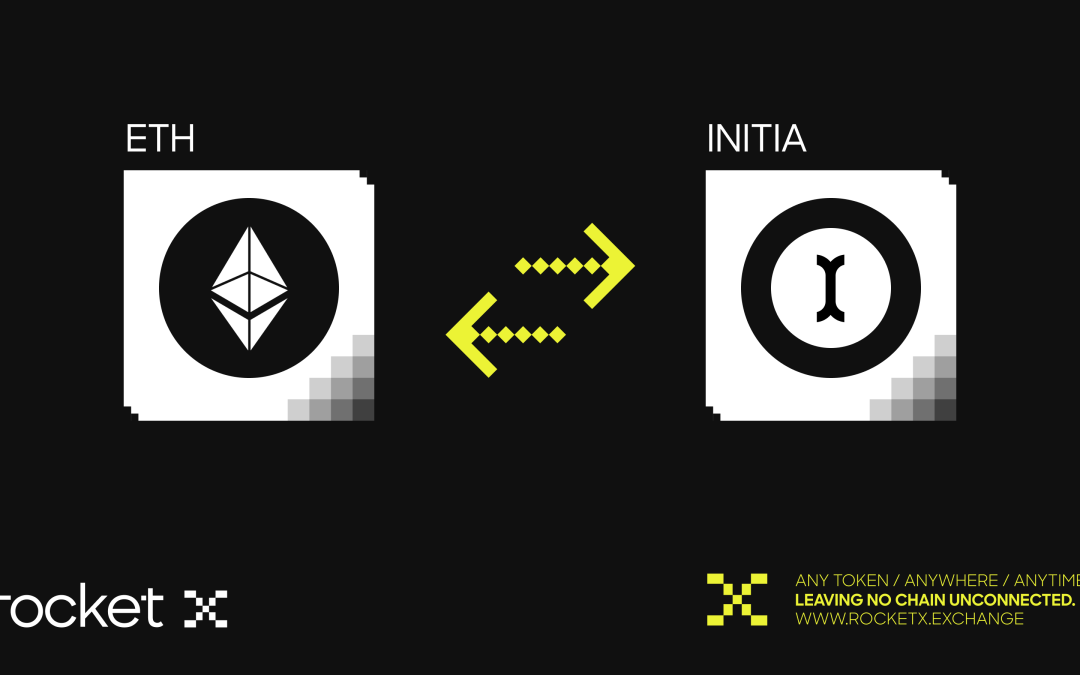
What is Initia Blockchain? A Beginner’s Guide to INIT Token and Bridging via RocketX
Introduction Imagine hearing about a promising new blockchain—fast, modular, and scalable. You’re curious. You want to explore. But the moment you try to interact with it, you hit a wall: First, you need to bridge your tokens from another blockchain. Then, you might...

